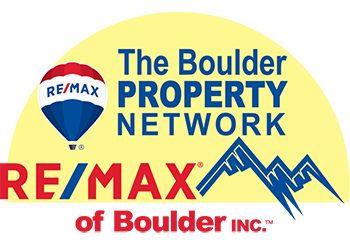There are several rules of thumb that help you compare different investment properties. The perfect comparison would account for all factors involved in a real estate investment: rent amounts, purchase price, initial investment, appreciation, depreciation, expenses, loan amount, holding period, time value of money, exact future sales price and tax liability upon sale. None of the following methods are “perfect” comparisons. They all have their advantages and disadvantages.

Gross Rent Multiplier (GRM)
The most commonly used rule of thumb is called the gross rent multiplier. It simply compares the price of the property to the annual gross rent. Part of the reason it is so popular as a rule of thumb is that on each listing sheet in the local area Multiple Listing Service (MLS) for income property, a GRM is calculated by the computer and shown on the listing sheet. In general, the lower the GRM, the better the value and rate of return on the dollar invested. Its drawback is that it only considers rent and price out of all of the factors listed above.
Capitalization Rate (Cap Rate)
This is popular because it is also easy to compute. It is arrived at by dividing the Net Operating Income (NOI) by the price. It is also indicated on the MLS sheet for each property. In theory, it is a better measure than the GRM because it considers the Net Operating Income (rent less the expenses of the property). The problem is that the expenses of the property are rarely reflected accurately in the MLS and often not accurate even when they come directly from the owner. If the expenses are in error, and the MLS computer calculates the cap rate, you have garbage in, garbage out. Therefore, for this rule of thumb to have the most meaning to an individual investor, it is best to try to figure out as closely as possible what the expenses are for each property and add realistic estimates for total expenses for each property analyzed. Its other drawback is that it only considers rent, expenses, and price, out of all the factors listed above.
Cash on Cash
Cash on Cash is one of the easiest factors to compare directly with a more liquid investment. Simply take the annual cash flow after expenses but before taxes, and divide it by the initial investment. The result is a percent return that you can compare to the investment where the cash is sitting prior to investing in real estate. The drawback is that it only considers rent, expenses, and initial investment, out of all the factors listed above.
Debt Coverage Ratio
When applying for a loan on a multi-unit or 5+ unit, most lenders will consider a ratio called the debt coverage ratio. This ratio compares Net Operating Income (NOI) to the Principal and Interest payment. Lenders will typically want to see a ratio of 1:1.2. Another way to look at it is that the NOI must be 120% of the monthly principal and interest payment. Lenders will be using their own formula for computing NOI. Sometimes the biggest variance will be in an estimate for expenses and vacancy allowances.
Internal Rate of Return (IRR)
Probably the best comparison of all used by the most serious investors is the Internal Rate of Return. In general, the Internal Rate of Return is probably used the least because it is the hardest to calculate. This comparison considers many more of the factors listed above, but its accuracy is limited by the accuracy of expense information available, correct mortgage figures, accuracy of prediction of future cash flows (rents and future sales price), accuracy of predicted investor tax bracket at time of sale, etc. Even though the theory behind the IRR is great, it’s still just a guess on how the property might perform in the future. The best example of how inaccurate it might be is the appreciation factor. Let’s say in your analysis of past data, the appreciation rate has been 8% a year. Just after purchasing it, the real estate market slows and the appreciation rate is actually 4% per year over the ownership period. The difference between those two numbers significantly affects the IRR. Using IRR does provide a great opportunity to put “real numbers” into the formula after the property has been owned for five years, sold, and the taxes paid. Using those “real numbers”, you can truly compare a real estate investment to other investments that competed for the investment dollar five years ago.
The previous article is a summary from the book, “REALTOR for Life,” written by Duane Duggan.
About Duane Duggan: Duane Duggan has been a Realtor® for RE/MAX of Boulder in Colorado since 1982 and has facilitated over 2,500 transactions over his career, the vast majority from repeat and referred clients. He has been awarded two of the highest honors bestowed by RE/MAX International: the Lifetime Achievement Award and the Circle of Legends Award. Living the life of a Realtor and being immersed in real estate led to the inception of his book, REALTOR® for Life. Also see his video podcasts about real estate topics on RE/MAX of Boulder’s YouTube channel.
For questions, email Duane at DuaneDuggan@BoulderCo.com or call 303-441-5611
